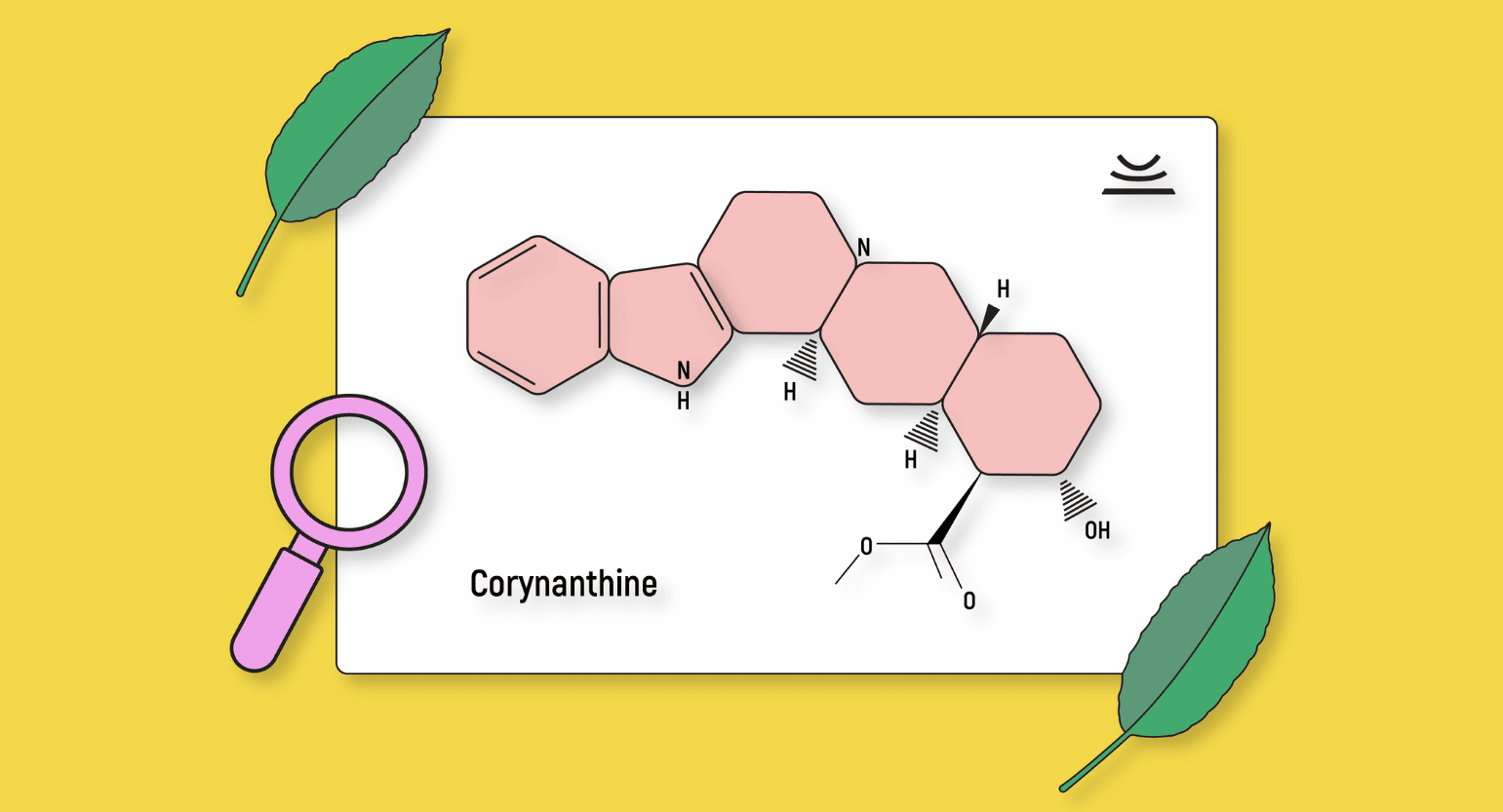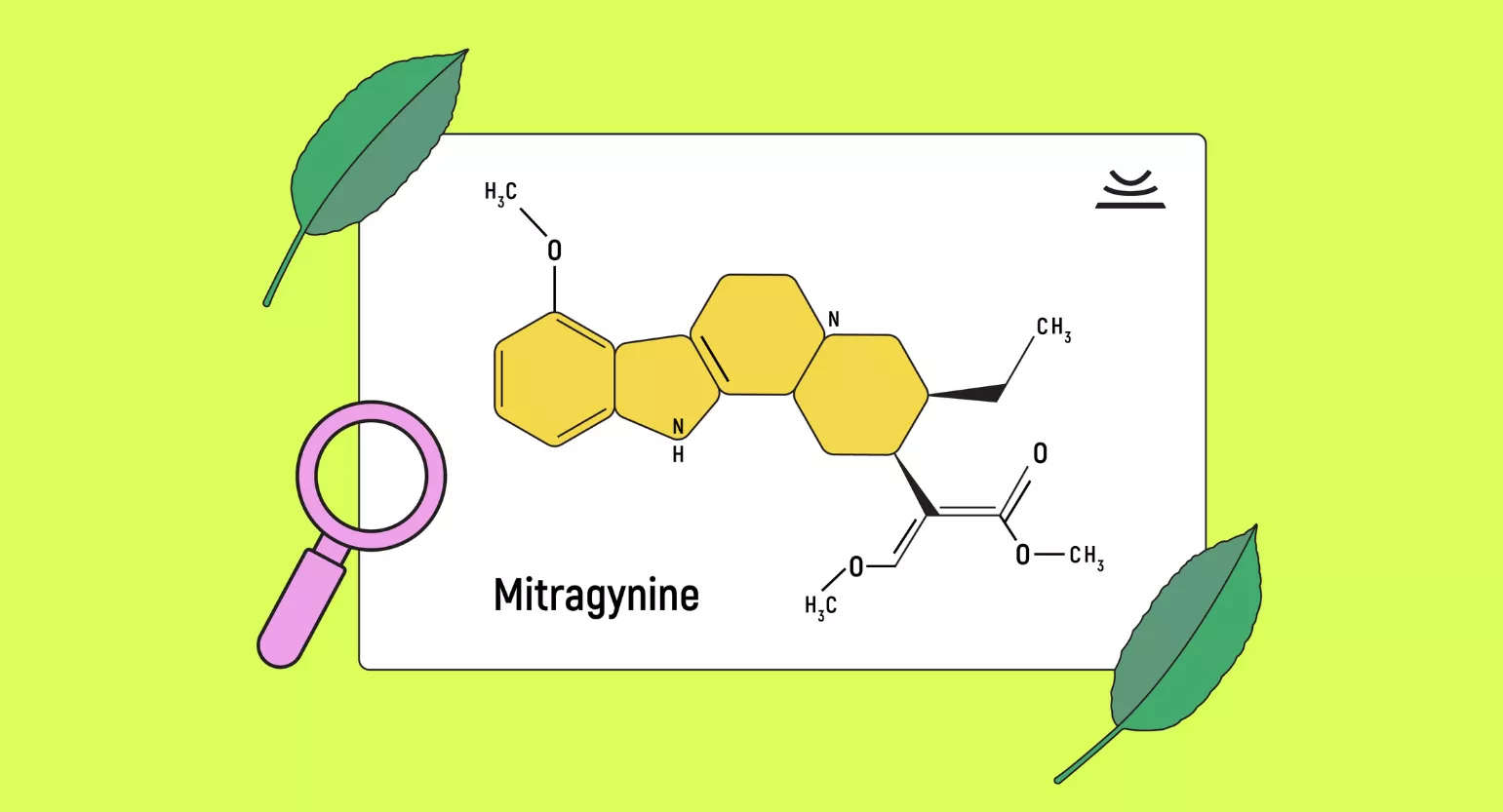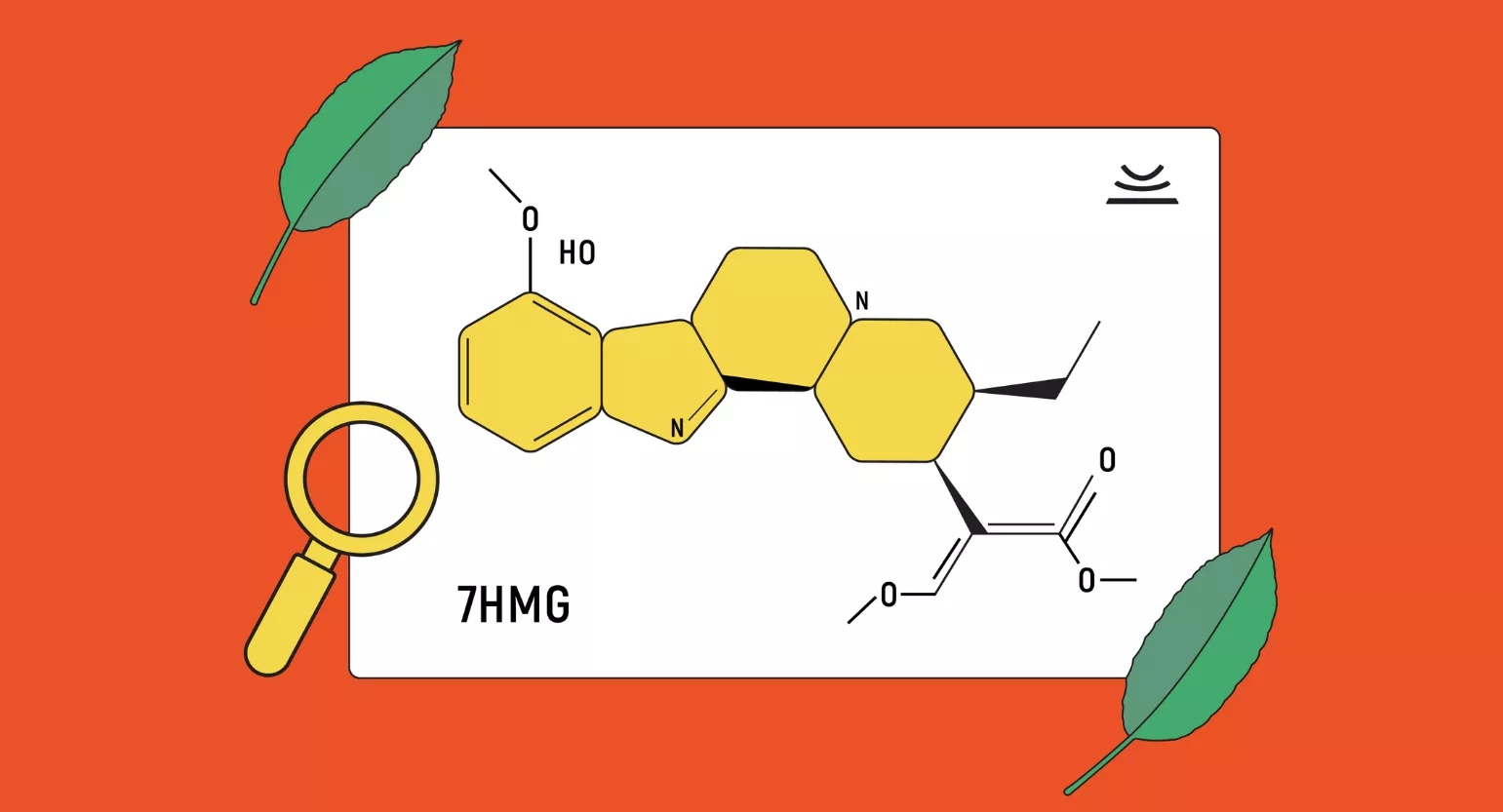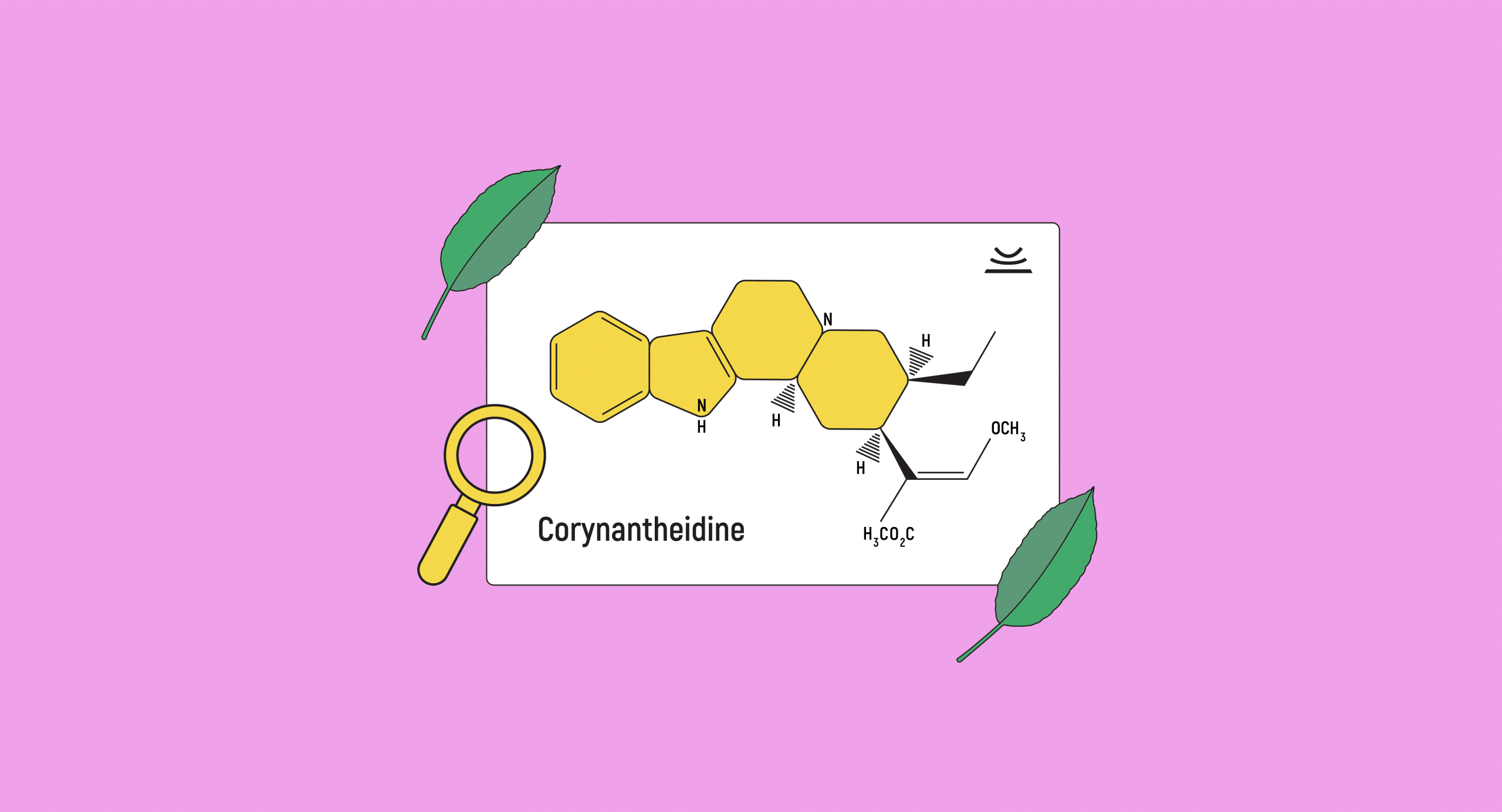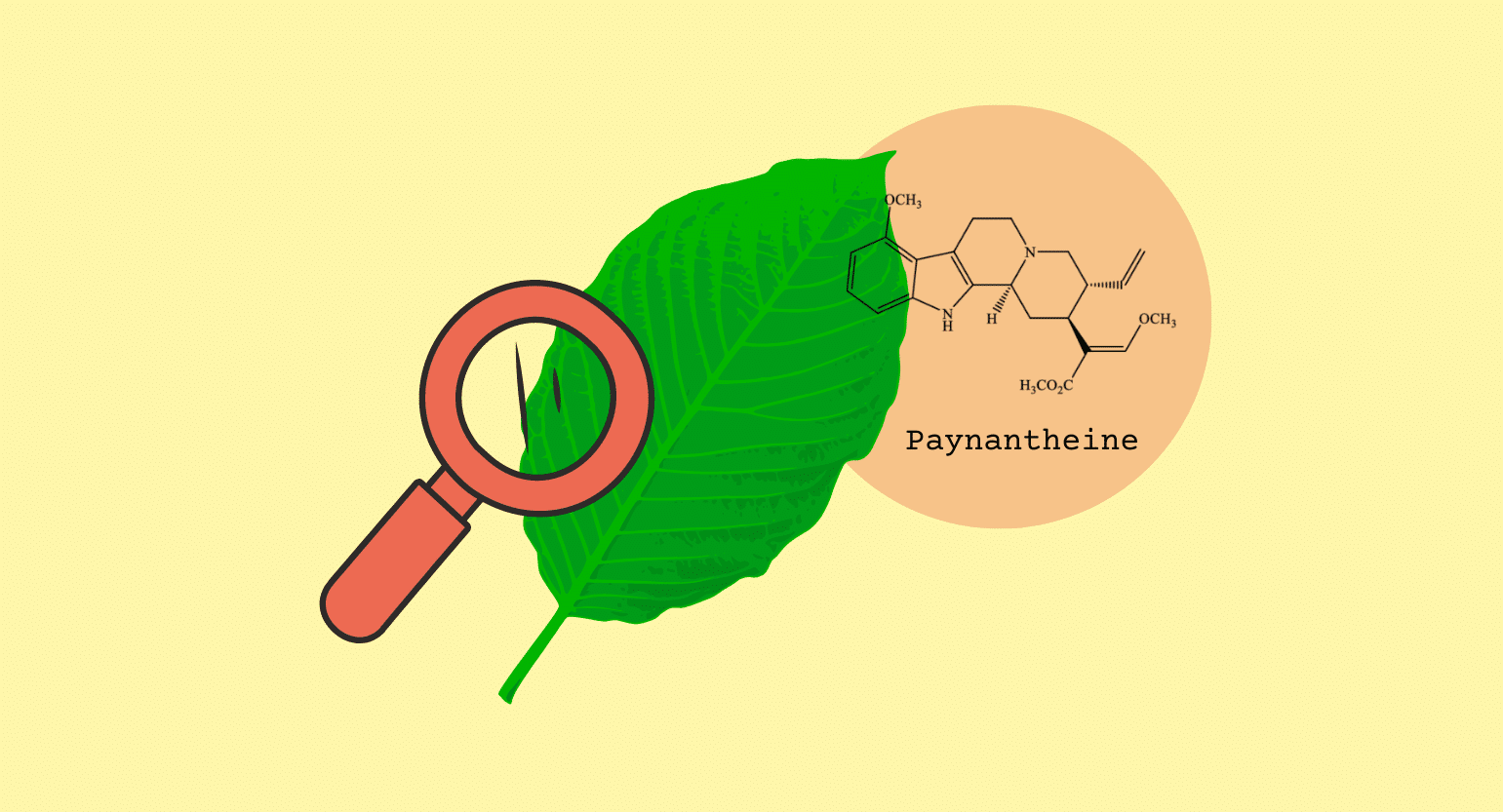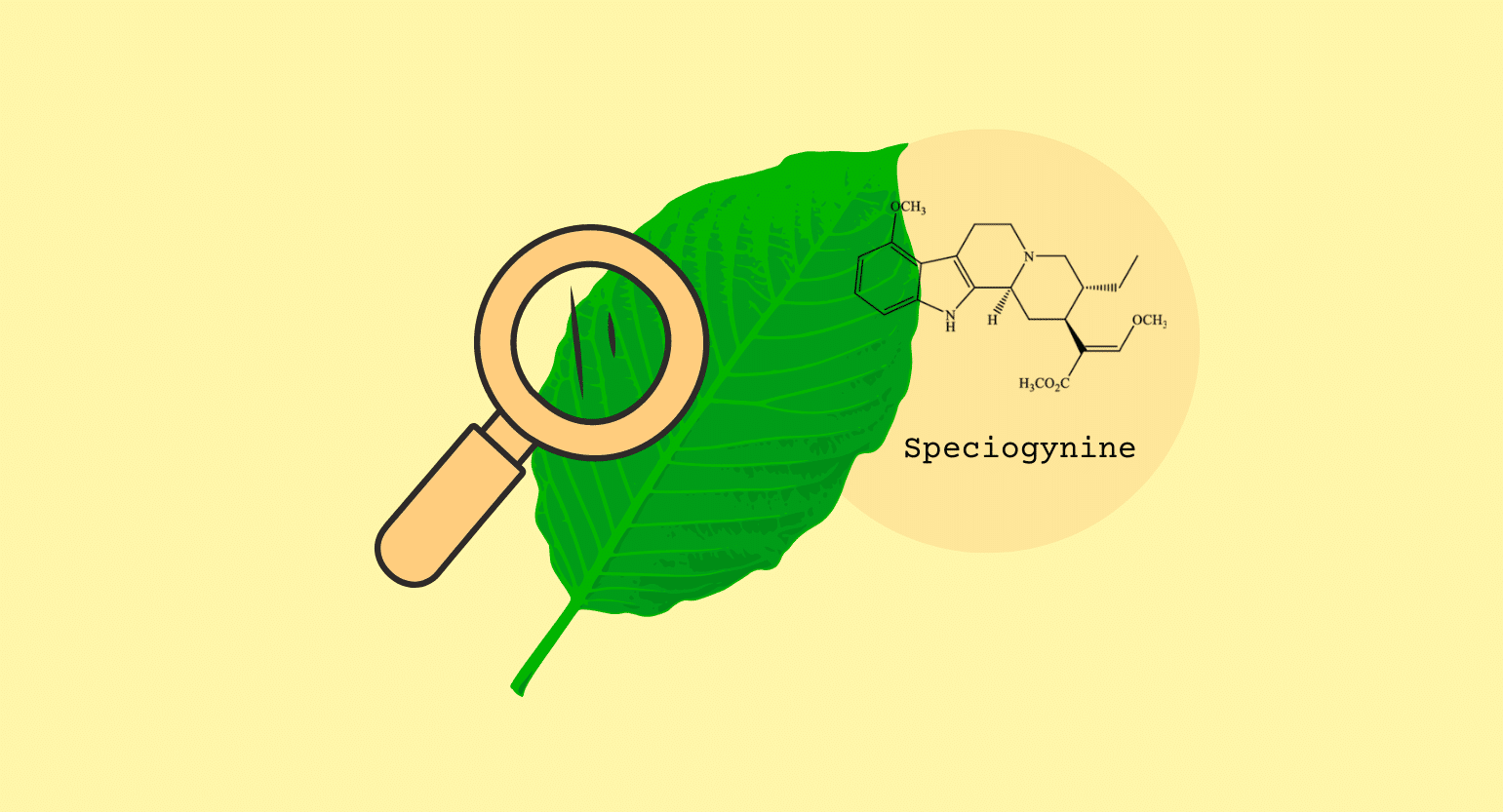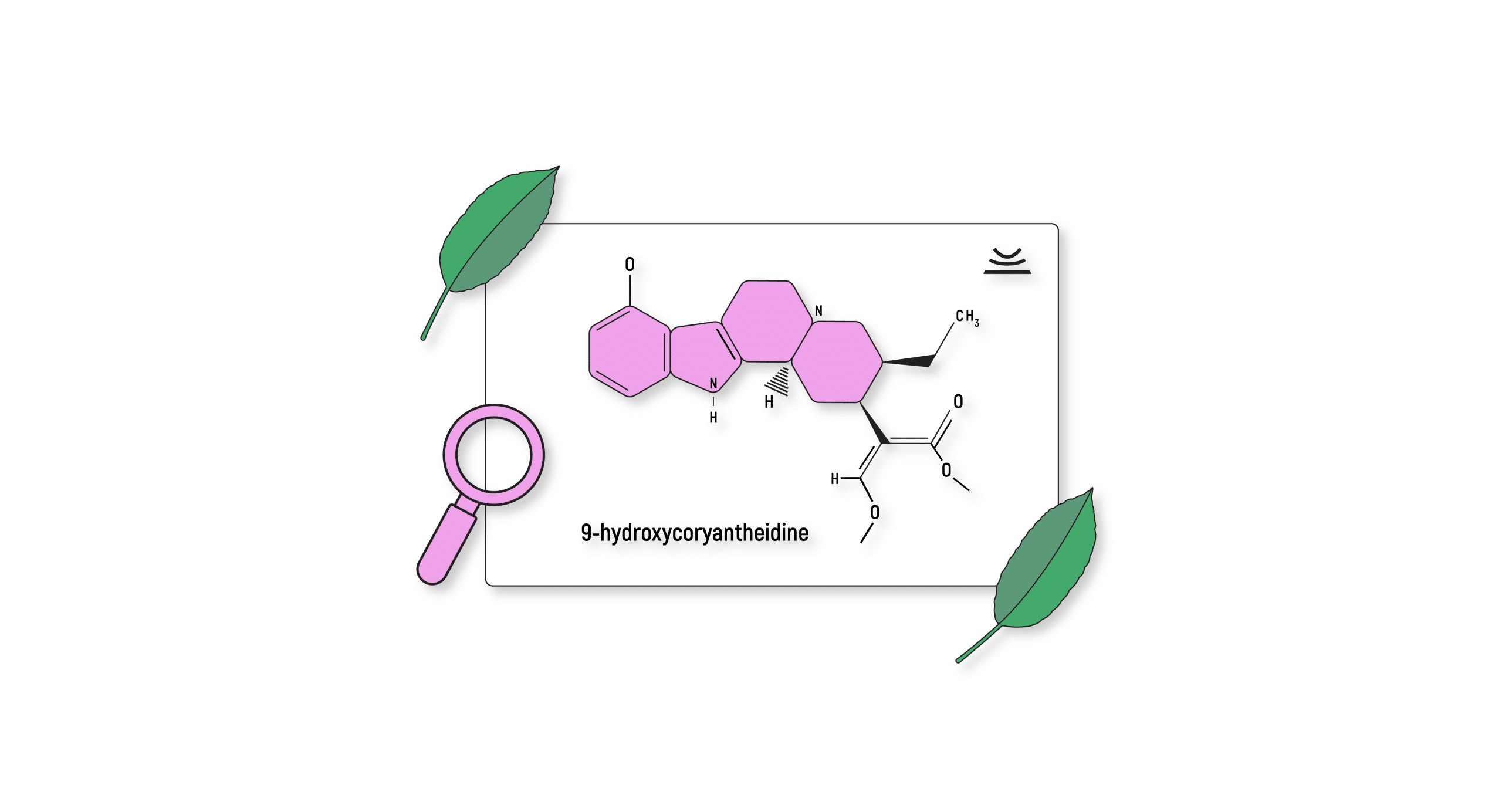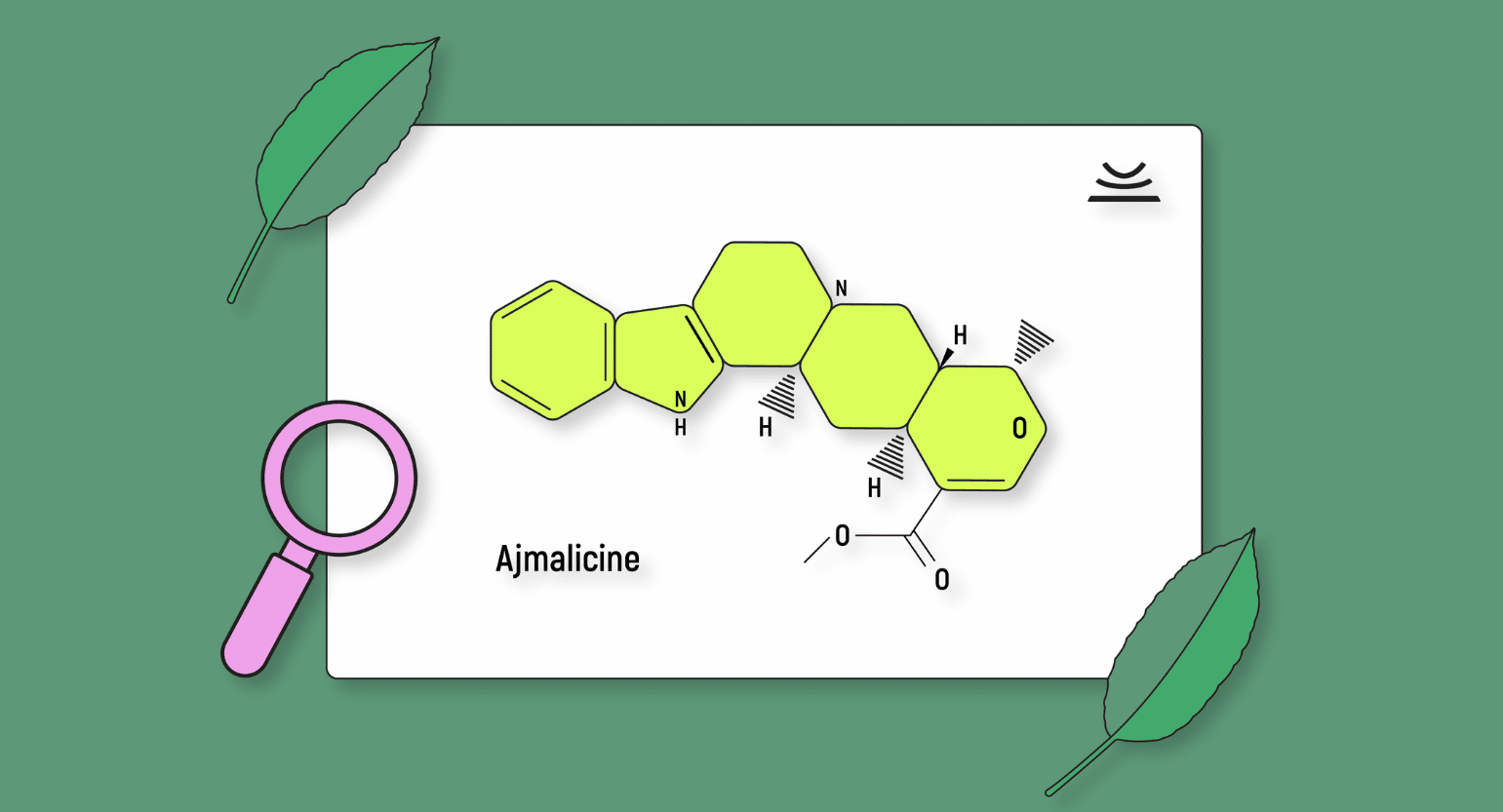What Is Corynanthine?
Corynanthine is an alkaloid naturally found in kratom and several other plants. As a member of the broad alkaloid family, it contains nitrogen and has a physiological effect on the human body when consumed. Some other alkaloids, which are among the most widely used alkaloids, include nicotine and caffeine.
Unfortunately, much less is known about corynanthine than some of the more prominent kratom alkaloids. However, it has some medicinal use, so limited research has been conducted to determine its effects.
Where Does Corynanthine Come From?
Corynanthine occurs naturally in the kratom plant, although it appears in minute concentrations. The likelihood is that it plays a small role in how kratom affects users.
Which Kratom Strains Are Highest in Corynanthine?
It’s unclear exactly how much corynanthine is in different kratom strains, so it’s hard to say which strains have the highest concentrations. However, corynanthine is a natural relaxant, so it’s somewhat safe to assume that more relaxing strains likely have higher levels of corynanthine.
Red-vein kratom strains tend to have the most sedating and relaxing effects, so this might be where corynanthine appears in the highest concentrations. Some of the most relaxing strains include Red Maeng Da, Red Thai, and Red Indo.

What Does Corynanthine Do & How Does It Work?
Corynanthine, also known as rauhimbine, is an alkaloid that appears in various plants, including kratom. It is a diastereoisomer of yohimbine, another alkaloid most commonly used as an aphrodisiac, inducing smooth muscle relaxation that is an integral part of the autonomic nervous system. As a diastereoisomer, corynanthine has an identical chemical makeup to yohimbine but a different molecular structure.
Below are some of the primary functions of corynanthine and brief explanations of how it works after consumption.
1. Relaxant
Corynanthine is a natural relaxant primarily because it binds to alpha-adrenergic receptors. These receptors are responsible for controlling the sympathetic nervous system and can impact levels of excitatory hormones, including epinephrine [1].
Since corynanthine is an alpha-adrenergic receptor antagonist, it can bind to those receptors and prevent epinephrine’s uptake and its effects. The result is a sense of relaxation in the user. Since it acts as a natural muscle relaxant, corynanthine can also ease muscle pain in some users.
2. Reduces Blood Pressure
As an alpha-blocker, corynanthine is also known to reduce blood pressure. Alpha-blockers treat hypertension, and the effects can contribute to the relaxation the user feels after consumption [2].
Corynanthine’s diastereoisomer, yohimbine, acts as an alpha-2-adrenoceptor antagonist. It treats erectile dysfunction as it can relax the circulatory system and improve blood flow to the genitals [3]. Corynanthine might have a similar effect, although its use as an ED treatment hasn’t been researched extensively.
3. Opioid Addiction
Finally, experts believe that corynanthine plays a role in kratom’s ability to help opioid addicts wean off of opioids altogether by easing the side effects associated with withdrawal [4]. Many people use kratom as a bridge between opioid addiction and sobriety, and corynanthine could contribute to this function.

What Other Plants Contain Corynanthine?
Corynanthine isn’t exclusive to the kratom plant like some other alkaloids are believed to be. This alkaloid is also in plants belonging to the Rauvolfia genus — including the “devil pepper” or Indian snakeroot — and the Corynanthe genus, which belongs to the Rubiaceae family — including Yohimbe.
Is Corynanthine an Opiate?
No, corynanthine is not an opiate, as it doesn’t seem to have any effect whatsoever on opioid receptors in the human body. Even other kratom alkaloids interacting with opioid receptors are not considered opiates.
Is Corynanthine Safe?
Corynanthine is considered to be relatively safe, especially when used sparingly. Some research suggests that yohimbine, a diastereoisomer of corynanthine, has been linked to severe side effects with long-term use, including heart attacks, high blood pressure, and GI upset. There’s less research on corynanthine in particular, but most people agree that it’s a safe compound in the small concentrations present in kratom, especially with responsible use.
Side Effects of Corynanthine
Given the lack of research on corynanthine, there are no known side effects of taking this alkaloid alone. However, there are some side effects associated with kratom in general, including:
Additionally, while kratom helps people wean off opiates, it can be habit-forming. Avoid the side effects by keeping doses low, taking one to two days off each week, and taking an entire week or more off each month.

How Much Corynanthine Should I Take?
Corynanthine isn’t available as a standalone alkaloid at the moment, so most users will take this compound by consuming kratom powder. There is no recommended dose for corynanthine, but you can follow the general guidelines below for dosing kratom:
- 1 to 3 grams of kratom powder for mild stimulation and enhanced focus and concentration
- 3 to 6 grams for mild pain relief and a sense of relaxation
- 6 to 8 grams for relief of more severe pain, deep relaxation, and sedation
How Long Do the Effects of Corynanthine Last?
Once again, the research on taking corynanthine alone isn’t enough to understand precisely how long the effects of this alkaloid alone last. However, most users experience the effects of kratom for one to five hours, with smaller doses tending to last for one to two hours and the effects of more significant amounts lasting between four and five hours, on average.

Wrapping Up: The Role Corynanthine Plays in Kratom’s Effects
Corynanthine is a minor alkaloid found in kratom. Although there’s minimal research on this compound to date, experts still maintain that it has some potentially significant effects on the human body. It’s known to induce relaxation, improve blood flow, and aid in combating the symptoms of opioid withdrawal.
Corynanthine hasn’t been isolated and offered as a standalone alkaloid, so users must consume it through a natural source like kratom. Small doses between 1 and 3 grams can provide the above benefits of corynanthine along with some stimulative effects. More significant amounts will give the sense of relaxation more commonly associated with corynanthine.
- Perez, D. M. (2020). α1-Adrenergic receptors in neurotransmission, synaptic plasticity, and cognition. Frontiers in pharmacology, 11, 581098.
- Nachawati, D., & Patel, J. B. (2022). Alpha Blockers. In StatPearls [Internet]. StatPearls Publishing.
- Morales, A. (2000). Yohimbine in erectile dysfunction: the facts. International journal of impotence research, 12(1), S70-S74.
- Giovannitti Jr, J. A., Thoms, S. M., & Crawford, J. J. (2015). Alpha-2 adrenergic receptor agonists: a review of current clinical applications. Anesthesia progress, 62(1), 31-38.

